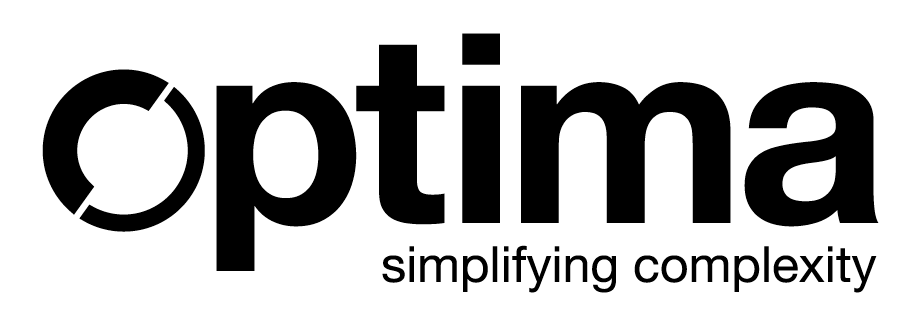Machine learning provides the ability to automatically learn without being explicitly programmed, with the aim to allow computers to learn through data and experience without the need of human intervention.
Before diving deeper into the topic of machine learning and the lab resource scheduling algorithms, let’s have briefly focus on the mother of Machine Learning: Artificial Intelligence.
Artificial intelligence –beyond human reasoning and behaviour
The IT discipline known as Artificial Intelligence allows the design of hardware and software systems capable of electronically processing processes of reasoning or behavior, which tend to pertain to human intelligence.
Intelligent systems are now present in various fields, including daily activities. They are often associated with the gaming industry and have been employed by NASA in several space missions. Some of our modern cars, for example, are equipped with a system capable of being driven without the aid of a human driver.
It may seem unlikely but as early as 1623, Willhelm Sickhart, ancestor of the calculator, was able to carry out mathematical calculations with numbers up to six digits with machines, even if not autonomously.
Within the framework of Industry 4.0 and quality, there are many projects running these days with algorithms aiming to check, anticipate or alert to quality problems along the production chain.
Artificial Intelligence is bringing an inestimable value in many industries and sectors, including the laboratories where, we know, the execution of projects and the organization of activities requires resources, time, equipment. But mainly resources, which are known to be a critical aspect within laboratories, when it comes to allocate them efficiently and effectively.
But, specifically, how can an artificially created algorithm optimize company resource management processes? And even more in detail, of laboratory resources?
Lab resource scheduling Algorithms acting human
The lab resource scheduling algorithms must act rationally. The process leads the intelligent system to solve the problem, allowing to obtain the best expected result, given the information available, as human mental processing would have done.
Resource scheduling can be an extremely complex process. In several markets, the optimization of resources is considered the essence of the business itself. Project management in general is the perfect example to illustrate the challenges to optimize the resources, in order to complete the projects on time, on budget and according to expectations.
Manufacturing processes should optimize the resources to deliver the products according to the company’s goals.
Machine learning – lab requirements
How can machine learning fulfil lab requirements?
Laboratories are complex organizations and their business goal is to complete the scientific activities they are responsible for.
Therefore, the resource scheduling for the labs is a very sophisticated process and very skilled people are dedicated to plan the daily duties. They need to have excellent knowledge on what happens in the labs, they need to have very good skills in process optimization, they need to compromise between different parameters with the sole objective to return the analytical results to the clients (internal or external) as soon as possible and the right level of quality.
Moreover, the analytical tasks are relatively simple to understand (measure a specific analytical parameter in a given sample) yet they are composed by a series of steps to ensure the correct processing of the samples. As a result, thousands of steps (serial or in parallel) are performed in a lab every single day.
Laboratory supervisors are performing this challenging activity often supported by limited software capabilities: in fact, more than 90% of the laboratories are still using Excel files.
However, in order to perform in an efficient way, laboratories would require systems that can learn from data, identify patterns and make decisions with minimal human intervention.
They would require the adoption of automated software, such as Optima can be: Optima is an innovative and process automation tool dedicated to laboratory resources scheduling.
Introducing the concept of “artificial intelligence” in the laboratory environments with Optima
When Optima receives information from an external system (i.e. LIMS, ERP, ELN), the list of requested activities is available for scheduling. First of all, very often the requests delivered to Optima are not including all the details to complete the analytical tests. A typical request sent from one of the systems mentioned earlier is indicating that, as an example, the quantity of iron should be measure in a water sample. The missing details are related to all the required steps to be performed to analyze the quantity of iron in the sample.
Optima is able to convert the requests into a list of actionable items that can be scheduled. This is a configurable activity within Optima allowing customers to choose which level of granularity is required to perform the resource scheduling of the lab.
When the actionable items are automatically created by Optima, the “engine” starts working.
An extremely sophisticated algorithm is able to assign the tasks to the resources, both laboratory personnel and instruments, according to the system configuration.
Optima, thanks to a large amount of time dedicated to research the best way to automate this critical process, is able to automate most of the lab resource scheduling.
The users just need to activate the process and all tasks are visible in the calendar in a matter of seconds. The amount of time saved in the labs is enormous. The cost reduction with the introduction of Optima justifies the introduction of this technology and the return on the investment is visible in a matter of few months.
The “engine” is based on a very advanced technology that is able to adjust the scheduling parameters and improve the output of the process over time. The concept of “machine learning” is perfectly implemented within Optima allowing the laboratories to improve their performance and deliver the expected results in a shorter period of time.
At Optima, we have invested a lot of time to design the “engine” and we have performed a large amount of tests to confirm that the resource scheduling is automated in the most efficient way. This very critical activity we have performed has been possible thanks to the large amount of data generated during the lab resource scheduling process.
The tasks performed in a laboratory are hundreds of thousands in a year or even millions. This huge amount of the data, nowadays called “data lake”, is the platform that allows Optima “engine” to analyze the information and adapt the scheduling according to the historical data. Every day, Optima is able to review how the tasks are scheduled and change the configuration to obtain the most optimized calendar of activities.
Optima is continuously reviewing how the “engine” performs to ensure that new product releases will improve how the “data lake” is analyzed and the configuration is adapted to the customer’s environment.





